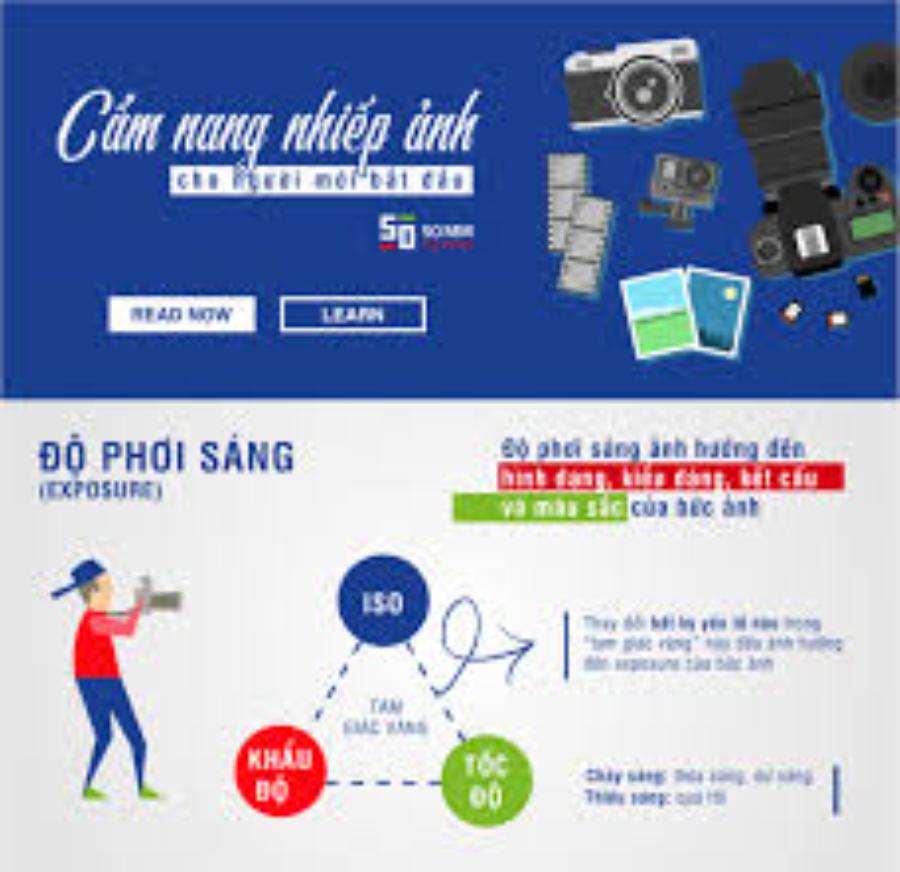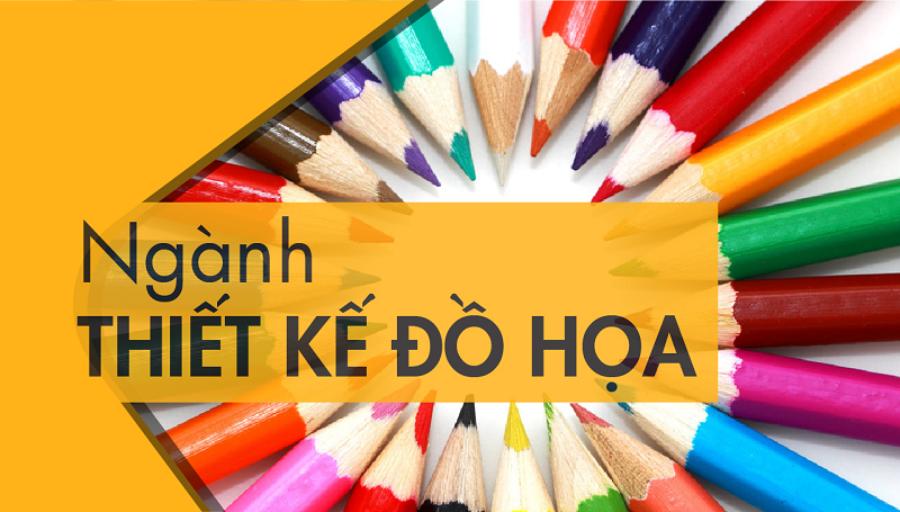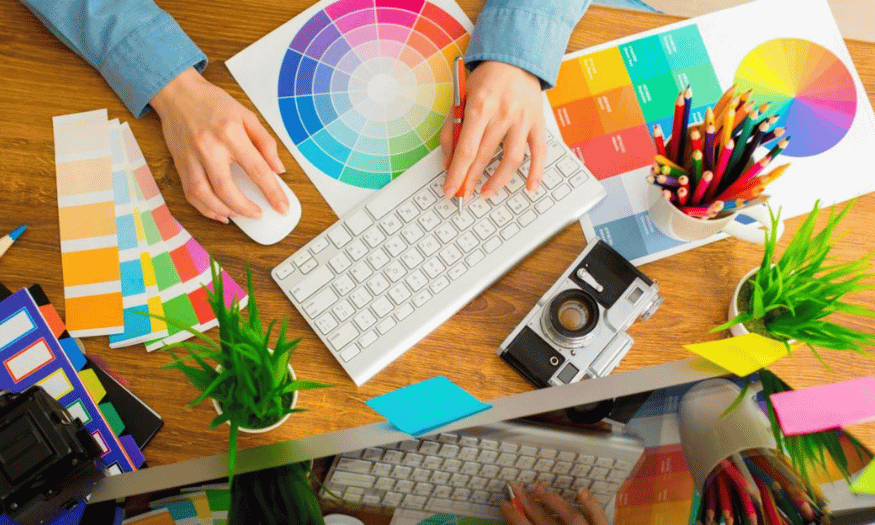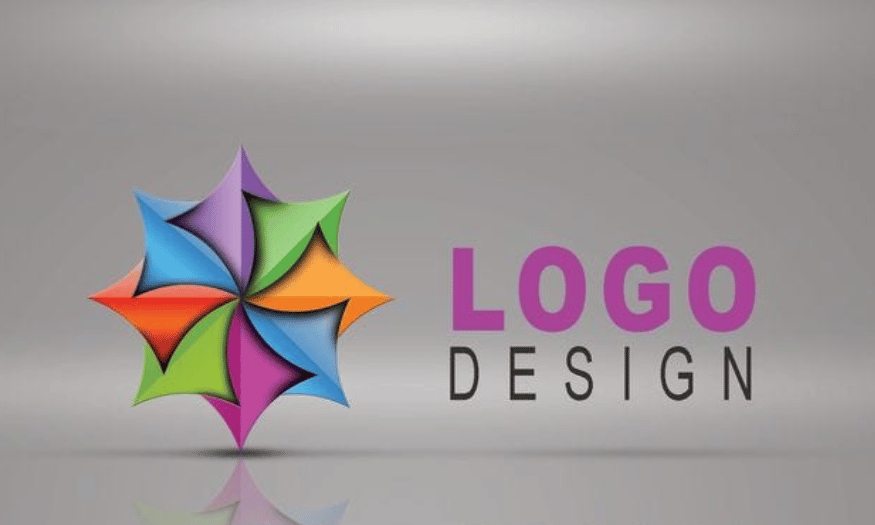Best Selling Products
What is a Poster? Popular Types of Posters and Tips for Designing Impressive Posters
Nội dung
- 1. What is a poster?
- 2. Popular types of posters today
- 2.1. Advertising Poster
- 2.2. Art Poster
- 2.3. Propaganda Poster
- 3. Secrets to designing impressive posters
- 3.1. Message is clear when read from a distance
- 3.2. Take advantage of typography
- 3.3. Communicate with viewers
- 3.4. Determine the purpose and audience
- 3.5. Use high quality images
- 3.6. Impressive colors
- 3.7. Keep the design simple and easy to understand
- 4. Conclusion
Learn what a poster is and the secrets to designing an impressive poster that will attract attention. Discover the essential elements to create an effective poster for your advertising campaign.
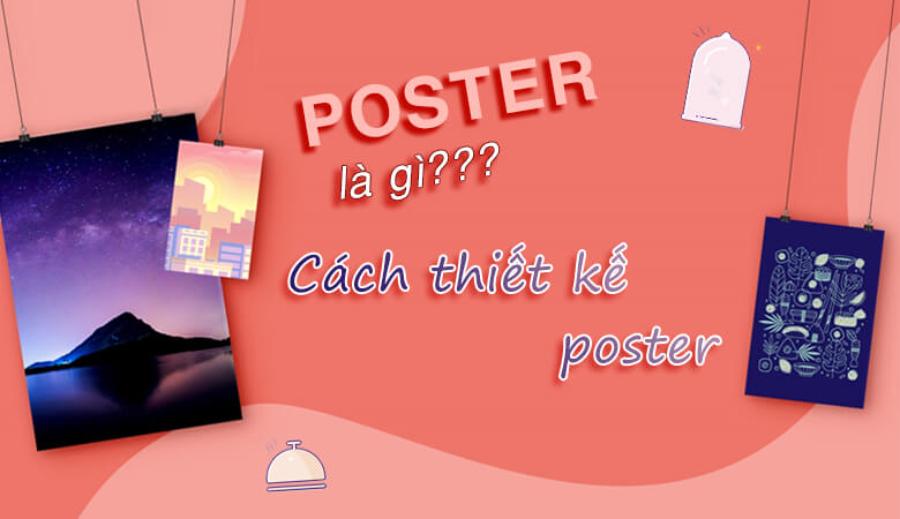
In the world of graphic design, posters are not only a tool to convey information but also a powerful means to attract attention and make an impression on viewers. Whether you are promoting an event, a product, or a campaign, posters are one of the most effective marketing methods. But to create an impressive poster, you need to understand its core elements. In this article, Sadesign will answer the question "What is a poster?" Basic types of posters and share attractive poster design tips, helping you create powerful communication products.
1. What is a poster?
A poster is a form of graphic design that is primarily used to convey information or messages in a public space or crowded place. Posters can be used for many different purposes, from advertising events, introducing products, to artistic or propaganda messages. A poster is usually large in size and is posted on walls, information boards or displayed at events.
.jpg)
Posters have several distinct features that set them apart from other forms of media. First, posters typically have a simple yet striking design with easily accessible images and messages. Second, posters are typically larger than regular advertisements, making them easier to read from a distance. Third, the aesthetics and creativity of poster design are important, as they need to make an immediate impression on the viewer.
2. Popular types of posters today
Posters can be classified in many different ways, depending on their intended use. Below are some common types of posters that you may encounter in communication campaigns.
.jpg)
2.1. Advertising Poster
Advertising posters are one of the most effective and popular communication tools in the marketing strategy of businesses. With eye-catching designs and short but clear messages, advertising posters help attract customers' attention and convey information about products or services in a visual way.
The Importance of Advertising Posters
Advertising posters not only help businesses increase brand awareness but also directly impact customers' purchasing decisions. A professionally designed advertising poster with bold colors, clear images and easy-to-understand messages will make a strong impression on the target audience. This is an effective tool to help build brand image and boost sales.
Applications of Advertising Posters
Businesses often use advertising posters in public places such as shopping malls, bus stations, stores or major events. They can not only be hung in areas that directly contact customers but can also be widely distributed through outdoor advertising campaigns. In addition, advertising posters are also used in campaigns to promote events, promotions or new product launches.
Effective Advertising Poster Design
To design a successful advertising poster, the most important thing is to grasp the needs of the target audience. Factors to note include:
Color : Choosing the right color helps to highlight the message and attract attention.
Clear message : Content must be concise, easy to understand and convincing.
High Quality Images : Images should be clear, attractive, and relevant to the product or service.
Reason for action : Encourage viewers to take action such as making a purchase, attending an event, or signing up for a service.
2.2. Art Poster
Art posters are a type of poster designed primarily to express creativity and art. This type of poster is not only decorative but also reflects the aesthetic taste and emotions of the viewer. Art posters can be used in spaces such as galleries, museums, cafes or offices.
The Art of Posters
Art posters are more than just an image or a message. Each poster is a unique work of art where the designer expresses his or her own vision through elements such as color, image, texture and layout. These posters are not just printed products but can also become valuable collectibles for art lovers.
Applications of Art Posters
Art posters are mainly used in art events, exhibitions and cultural activities. They are also popular in living spaces, creating highlights and bringing beauty to the living space. Art poster designs can also be used in charity fundraising campaigns or cultural education programs.
Art Poster Design
To design an impressive art poster, the designer needs to be creative and have a deep understanding of art and aesthetics. Important factors when designing an art poster include:
Creativity : Art posters need to be creative, new and different from other types of posters.
Material : Choosing paper material, ink or printing methods is also very important, affecting the quality and aesthetic value of the poster.
Art Style : Posters can be in many different styles such as modern, classic, abstract, or even pop-art.
2.3. Propaganda Poster
A propaganda poster is a type of poster whose main purpose is to convey political, social or humanitarian messages. This type of poster is often used in propaganda, advocacy or community education campaigns. Propaganda posters can be informative or encourage action on issues related to health, environmental protection, traffic safety, or social movements.
The Importance of Propaganda Posters
Publicity posters play an important role in creating public awareness about social and environmental issues. A publicity poster can easily make a strong impression and spread its message to a large number of people quickly. They help increase public understanding and action on important issues.
Applications of Propaganda Posters
Propaganda posters often appear in campaigns, such as environmental protection, disease prevention, or civil rights propaganda. In addition, propaganda posters are also used in political campaigns to raise public awareness of important issues or encourage action in support of policies and laws.
.jpg)
Propaganda Poster Design
A propaganda poster needs to have a design that is easy to understand and approachable. To be effective, a propaganda poster must use the following elements:
Clear Message : It is important to ensure that the main message of the poster is conveyed easily and clearly to the target audience.
Powerful Images : Images in propaganda posters must be expressive and create a strong impression about the issue being discussed.
Reason for action : Encourage viewers to take a specific action, such as joining a campaign, signing a petition, or changing a habit.
3. Secrets to designing impressive posters
Designing a poster is more than just combining images and text. Creating a truly impressive poster requires you to consider many factors, from color choice to identifying your target audience. Here are some tips to help you create an impressive and effective poster.
3.1. Message is clear when read from a distance
When designing a poster, one of the most important factors is the message you want to convey. Posters are often displayed in public places where people can see them from a distance. Therefore, an impressive poster needs to ensure that the message is clear and easy to read even from a distance.
Ensure simplicity and ease of understanding
The message on the poster should be simple, yet complete and clear. Viewers will not have much time to stop and study every detail, so your message needs to be quick and easy to understand at first glance. Avoid using too many complicated words or unnecessary information. A short slogan and a clear call to action will easily leave an impression.
Use appropriate illustrations
Illustrations are an important part of clarifying the message of your poster. They help viewers quickly understand the message you want to convey without having to read too much. Images should be carefully selected, relevant to the content and highlight the main message. Strong and easy-to-understand images will create a much deeper impression than complex or confusing images.
Size and position of message
The size and placement of the message on the poster is also important. Make sure that the main message is placed in the most visible position, with the font size large enough to be read from a distance. Secondary details can be presented in less important areas, with smaller font sizes. The use of hierarchy (priority) will help the viewer easily access the most important information.
3.2. Take advantage of typography
Typography is an essential element of poster design. Typography not only helps to convey a message clearly, but also contributes to creating emotion and personality for the poster. Choosing the right typeface can make the difference between an ordinary poster and an impressive one.
Choose the right font
Each font has its own personality and emotion. To create an impressive poster, choosing the right font for the content and purpose of the poster is extremely important. If your poster needs to convey professionalism, a sans-serif font will be the ideal choice. Meanwhile, if you want to create an artistic poster, a font with soft, curvy details will create a strong attraction.
Ensure readability
Whatever typeface you use, it is important to ensure readability. Avoid fonts that are too complex or have too much detail. Fonts should be designed so that they can be read from a distance. Pay attention to kerning and line spacing, as these will directly affect readability.
Use multiple fonts wisely
Some posters may use multiple fonts to create interest and differentiate between different messages. However, it is important to limit the use of too many different fonts on a poster to avoid confusing the viewer. It is best to stick to 2 to 3 different fonts, and make sure they work together to create a unified and pleasing whole.
3.3. Communicate with viewers
An effective poster is more than just a combination of images and text, it is a powerful tool for communicating with the viewer. The poster needs to create a connection, attract attention, and make the viewer want to learn more.
Stories and emotions
A successful poster tells a story. Even with just an image and a few lines of text, a poster can convey an emotional story. A strong emotional message from a poster can stimulate curiosity and action in the viewer. Think about the emotional or impactful messages you want to convey and make them an integral part of your poster design.
.jpg)
Encourage action
In addition to conveying a message, an effective poster should also encourage viewers to take a specific action. This could be attending an event, purchasing a product, or simply finding out more information. To do this, you need to use strong, prominent, and easy-to-understand calls to action that viewers cannot ignore.
Intuitive interaction
Posters are not just passive media. In fact, an effective poster is one that has the ability to visually interact with the viewer. This can be achieved by using design elements such as color, images, and lines to naturally guide the viewer’s eyes. These elements need to be combined harmoniously to create an invisible but powerful interaction with the viewer, making it impossible for them to take their eyes off the poster.
3.4. Determine the purpose and audience
Before you start designing a poster, you need to clearly define its purpose. Are you designing a poster for a music event, an advertising campaign, or a social message? This will help you choose the appropriate images, colors, and design style. In addition, understanding your target audience is also a deciding factor, helping you choose a design style and language to convey your message more effectively.
3.5. Use high quality images
A successful poster usually has a perfect combination of images and text. Images should be clear, sharp and of high quality to ensure that your poster will stand out in any situation. Creative and unique images will help to immediately attract the viewer's eye. Try to avoid images that are blurry or do not match the message of the poster.
3.6. Impressive colors
Color is a key factor in how well a poster attracts attention. A good color palette not only makes a poster look good, but also conveys emotion and message effectively. If your poster is meant to grab attention quickly, bold colors like red, yellow, or orange are great choices. However, if you want your poster to be soft and subtle, softer colors like blue or pastels may be more appropriate.
3.7. Keep the design simple and easy to understand
An effective poster doesn’t need to be too detailed. Sometimes simplicity is the key. Make sure that the main message of the poster is clear and easy to understand even if the viewer only glances at it for a few seconds. Focus on the most important element and avoid cluttering the poster with too much information.
4. Conclusion
The above article helps you understand the basic elements of poster design and apply them creatively to create media products that are not only beautiful. With the impressive poster design tips that the article shares, hopefully you will be able to create unique poster designs and be successful in your media campaign.









































